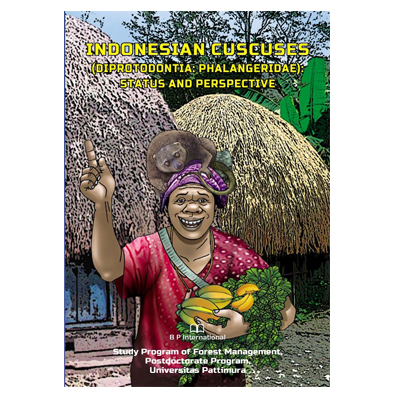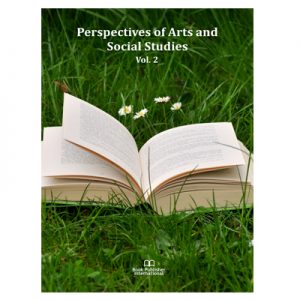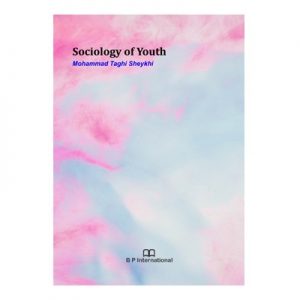The interest of wildlife conservation grows every year along with increasing concerns over the destruction of biodiversity and increasing awareness of the ecosystem which has led to new debates about human- nature relations. Understanding these modern principles of sustainable wildlife conservation management requires in-depth knowledge of wild animal behavior, demographics and ecosystem dynamics. The process of wildlife management includes the influence of interactions between same- type and / or different types of wild animals, their habitats, and interaction with humans to achieve predetermined impacts. It is our hope to try to balance the needs of wildlife with human needs using the best available science. Thus, the scope of wildlife conservation is very broad, not only animal maintenance and pest control, laws and regulations but also the socio-cultural aspects of the community. The objectives of wildlife management are, among others, to stop the loss of Earth’s biodiversity, by taking into account ecological principles (supporting capacity and carrying capacity, disturbance and succession, and environmental conditions such as physical geography, pedology, hydrology, etc.). As academicians, of course we are not only concerned about the increasing number of extinct wild animals but we must take concrete actions to conserve wildlife such as the socialization of protected animals and wildlife protection laws to the public but also by strengthening research and publication in the form of books, journals, leaflets and news disseminated on social media, even to the establishment of wildlife study centers and the development of protected wildlife conservation programmes. Thus, the Forest Management Study Program, Postgraduate of Pattimura University published a book entitled: Indonesian Cuscuses (Diprotodontia: Phalangeridae): Status and Perspective. The writing of this book involved various authors who have competence in Cuscus research such as from LIPI, Jendral Soedirman University (Java) and researchers from endemic habitats such as Sulawesi (Sam Ratulangi University), Maluku (Pattimura University) and Papua (Papua University)).
Cuscus conservation efforts in the form of prohibition of hunting and consumption of meat because it is classified as a protected wild animal is quite difficult to implement because it is related to the economy-socio- culture of the community. In the socio-cultural life of the community, one of the last bastions in supporting efforts to preserve wildlife in their natural habitat is their traditional local wisdom. Exploring the value of traditional wisdom in animal hunting is useful to support the current globalizing wildlife conservation program at the local level. Some of the things that are considered part of the traditional wisdom of the community include, for example, carrying out hunting activities using traditional hunting tools, the belief that there are sacred places where hunting activities are not permitted, the prohibition of hunting for certain animal species that are considered symbols, emblems or totems of certain ethnic groups. There are also taboos according to religion or culture that regulate the hunting of certain types of animals, including Cuscus. In the interaction between humans and wildlife, the use of animals by humans is part of a natural cycle that also affects the condition of animal populations in nature. In the context of hunting activities, this relationship also illustrates the ethical conservation practices adopted by the local community as part of their use of existing natural resources. In fact, the cultural approach as a basis for encouraging conservation efforts at the local level is very effective. This is due to the existence of the Traditional Ecological Knowledge (TEK), which has a close correlation with natural resource management. Currently, the hunt for Cuscus is still ongoing and there has been no concrete action to stop it. Legal regulations have been made, but law enforcement is still not running properly. If the hunting of Cuscus is only carried out by indigenous people to meet their protein needs, it is not really that worrying because they are wise in hunting Cuscus using their local wisdom. The most crucial issue is that if the hunting of Cuscus is resulted in Cuscus being sold to the city, then the hunting of Cuscus will increase and become uncontrolled. Especially if there is an illegal market that sells Cuscus and other wildlife. If this happens continuously and there is no strategy and proper control method then Cuscus will become extinct from its habitat. Thus, this book was made so that it could be used by various parties to prevent the extinction of the Cuscus by means of in-situ and ex-situ conservation measures.





